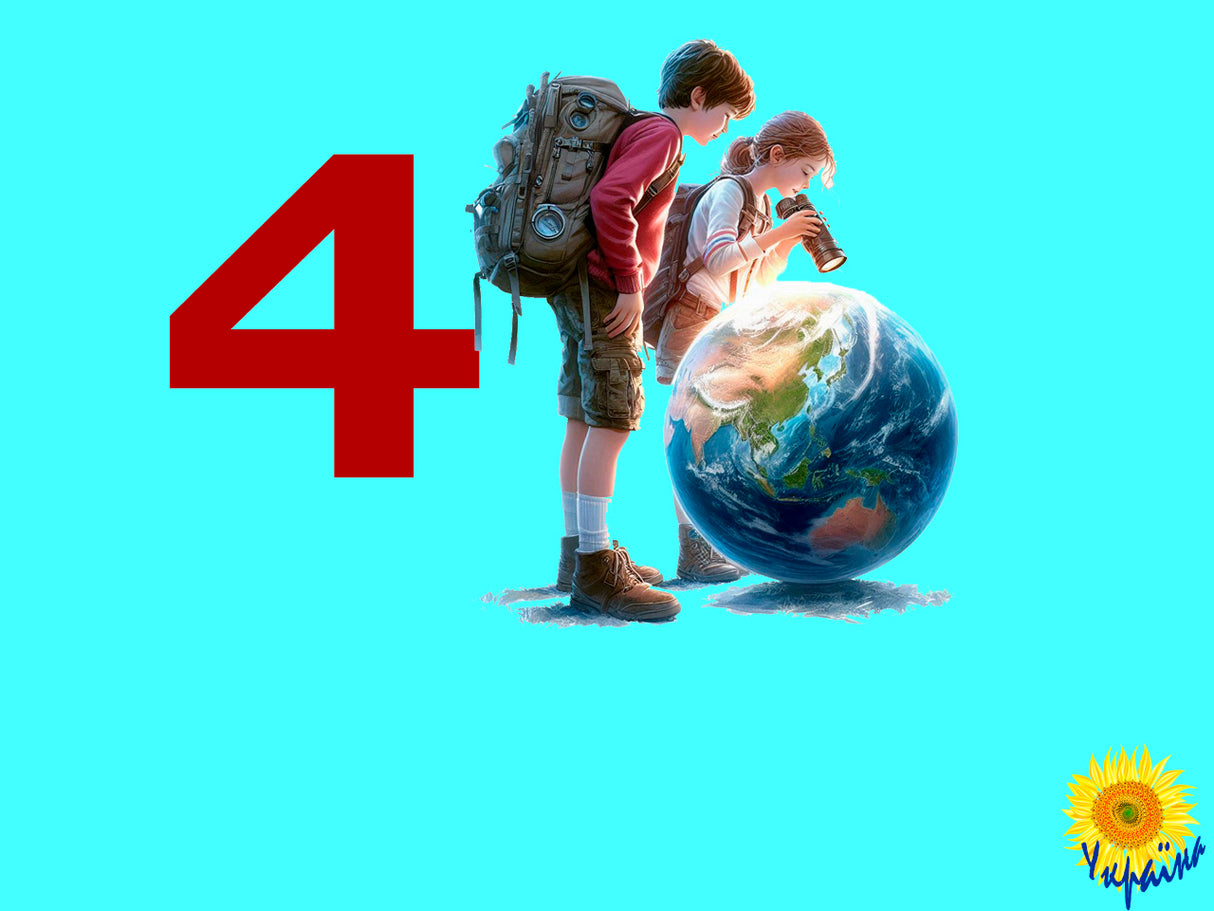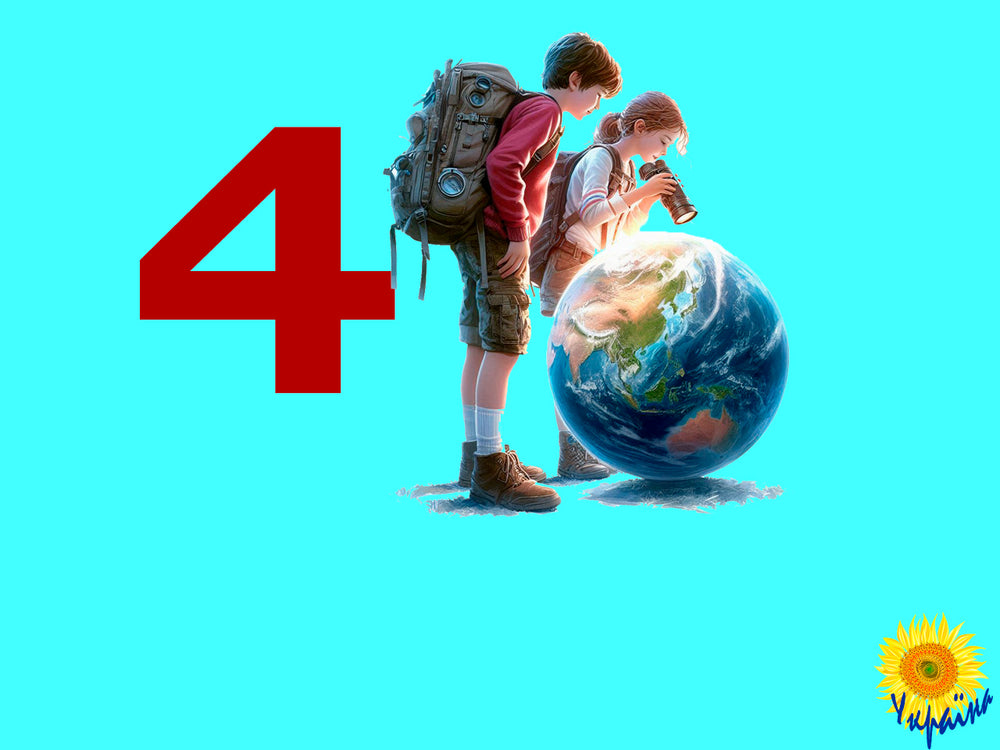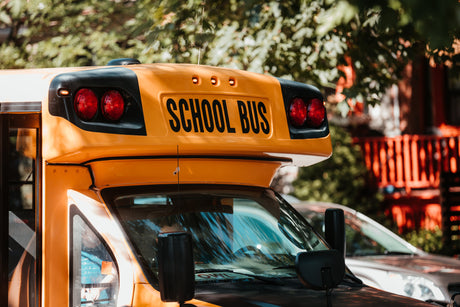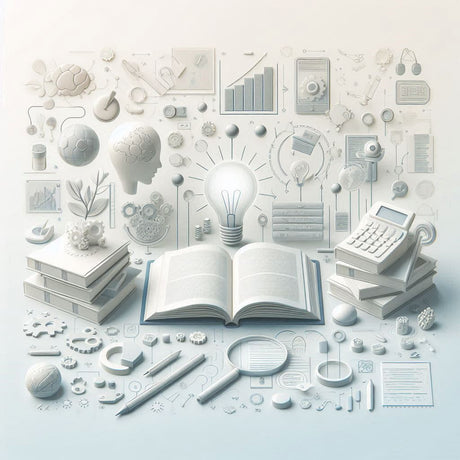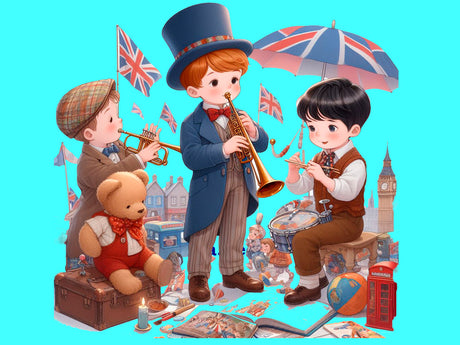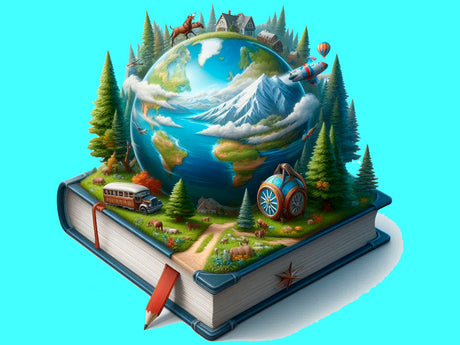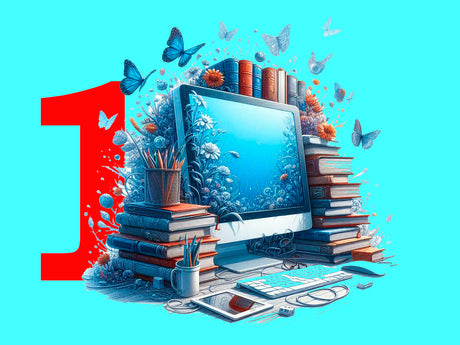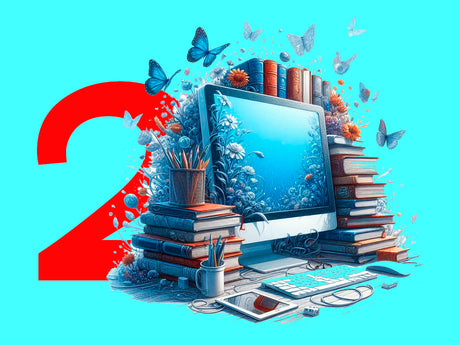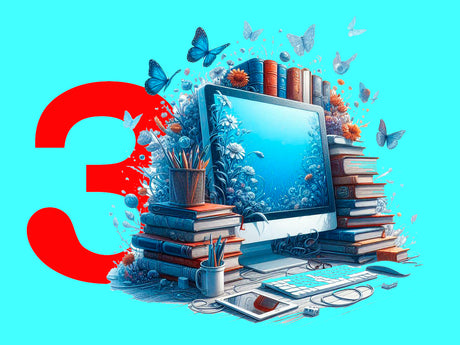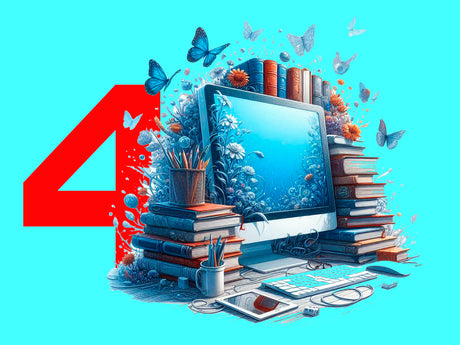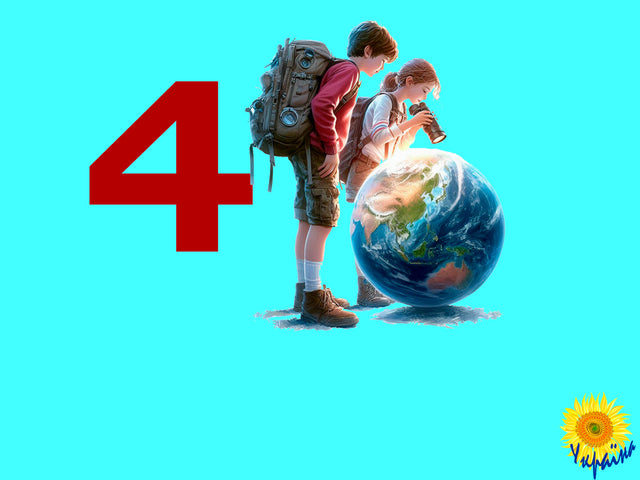Tests. I explore the world Grade 4. Human and nature
 Intermediate
Intermediate
 Test
Test
 1 hrs
1 hrs
Tests. I explore the world Grade 4. Human and nature - Ukrainian is backordered and will ship as soon as it is back in stock.
What is Unibot?
What is Unibot?
Unibot is a platform for educational systems that combines an administration panel and a chatbot. It allows you to easily upload data, customize chatbots without programming, and manage courses. It supports multilingual bots, content management, and optimized resource utilization for efficiency. The platform makes educators' work easier by automating repetitive tasks. Different pricing plans are available, from basic to premium, which differ in the number of supported bots, languages, messages, and other features.
More information
This diagnostic work is designed to assess the knowledge acquired by 4th grade students on the topic "Human and Nature." The test enables students to demonstrate their understanding of human interaction with nature, environmental issues, and the importance of conservation efforts. It is structured to evaluate students' competencies independently of the textbooks used.
Structure of the Test
- Tasks 1-5: General understanding of the interaction between humans and nature.
- Tasks 6-10: In-depth exploration of specific aspects of environmental and technological knowledge.
- Results of the Diagnostic Work: Evaluation of achievements and identification of knowledge gaps.
Key Information about the Test
Expected outcomes from completing this diagnostic work include assessing competencies in the following areas:
- Use of Scientific Knowledge: Providing examples of how humans use scientific knowledge and materials, including local industries.
- Understanding Machines and Mechanisms: Understanding various machines and mechanisms (e.g., transportation vehicles, household appliances).
- Material Properties: Explaining how the properties of materials determine their use.
- Observation Skills: Observing the operation of machines and household appliances.
- Safety Rules: Following basic safety rules when using electricity and household devices (e.g., iron, electric or gas stove).
- Plant and Animal Care: Describing plant cultivation, animal care, and professions related to nature (e.g., physicist, miner, engineer, conservationist).
- Technology and Information: Searching for information about the development of technology and discussing safe and appropriate use of knowledge about nature and materials.
- Modeling Relationships: Modeling relationships between "nature - human," "nature - man-made world," and "human - man-made world," and creating a story based on the model.
- Environmental Issues: Naming global environmental problems and sources of pollution.
- Conservation Measures: Providing examples of conservation measures and protected areas.
- Pollution Consequences: Explaining the consequences of pollution in water bodies, air, soil, deforestation, and other human-induced dangers.
- Environmental Awareness: Identifying environmental pollution facts independently or in groups, proposing and justifying ideas to reduce human impact on nature, and acting responsibly.
- Information Sources: Learning about ecological problems from others, media, and other sources, analyzing this information, and discussing solutions.
- Personal Contribution: Analyzing and evaluating personal contributions to environmental conservation and everyday life situations related to water, electricity, and heat usage.
- Participation in Conservation: Participating in organizing and conducting conservation activities.
- Responsible Behavior: Responsibly discussing nature issues and making decisions on how to interact with nature without causing harm.
-
Genre
-
Target audience
-
Language version
-
Subject area
-
Recommended age group
-
Course time
-
Book author
-
Author Collection

